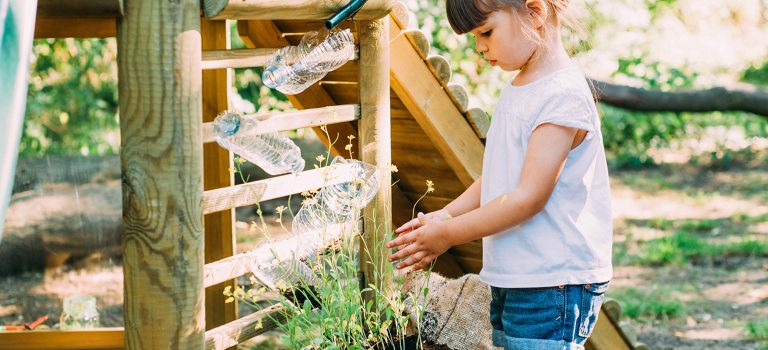We’re back with Teacher Gee Cartwright from Tall Oaks Academy Trust in Lincolnshire, UK- this time, we’re exploring how to encourage positive wellbeing and mindfulness at home and some activity ideas you can try out with your kids.
Gee explains, ‘You don’t have to invest lots of time and money in health and wellbeing. There’s so much you can do at home that will help.’ What is key is giving children that safe space and freedom to express themselves and have open conversations about emotions and feelings
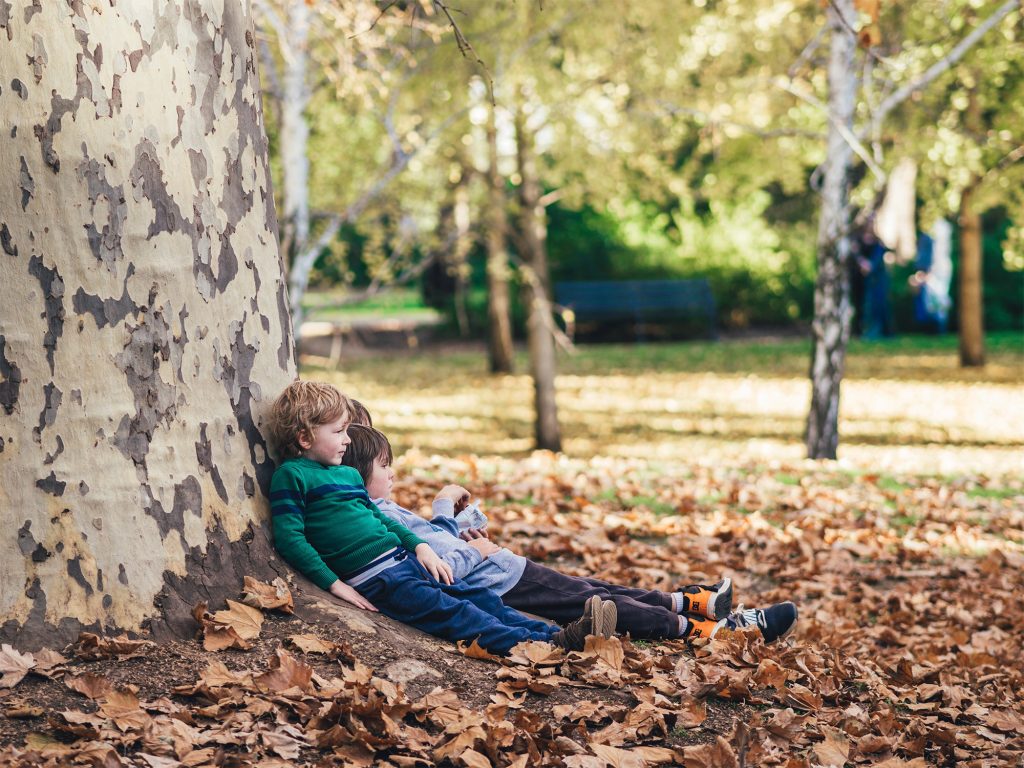
Read on to discover some enriching activities for mindfulness and positive wellbeing to practice with your child at home.
1. Cloud Spotting
Cloud spotting is a relaxing way for children to take time out of their day and have a moment of quiet and focus. By looking out for clouds in the sky, they can watch how the clouds move and change, which can be a peaceful mindfulness activity.
Cloud spotting is easy to do.
- Find a comfy space outside.
- Why not make it extra comfortable with a blanket and some cushions?
- Ask your child to lie on their back and focus on what shapes and patterns they can see in the clouds.
There is no correct answer. It is a great way to get outdoors and encourage them to be mindful and imaginative.
Ask questions like, ‘what can you hear?’ ‘What you can feel?’ and ‘What else can you see?’, to make it a sensory experience.
Remember, sunscreen, hats and sunglasses should be worn on sunnier days and take regular breaks from looking up at the sky.

2. Yoga
Yoga is a great way to get some gentle physical movement into your little one’s day and boost their physical and mental wellbeing.
Yoga doesn’t have to be complicated or take a long time. For example, 15 minutes of having a go at some poses and pausing on a busy day is excellent!
Some simple yoga poses for children include Cat, Happy Baby, and Mountain poses.
How to do Cat pose
How to do Cat Pose
- Begin on hands and knees with your hands shoulder-width apart.
- When exhaling, you round your spine like a cat and drop your tailbone and crown of your head whilst drawing your belly up and in.
- Then return to the neutral starting position to release the pose.
You can find out more here.
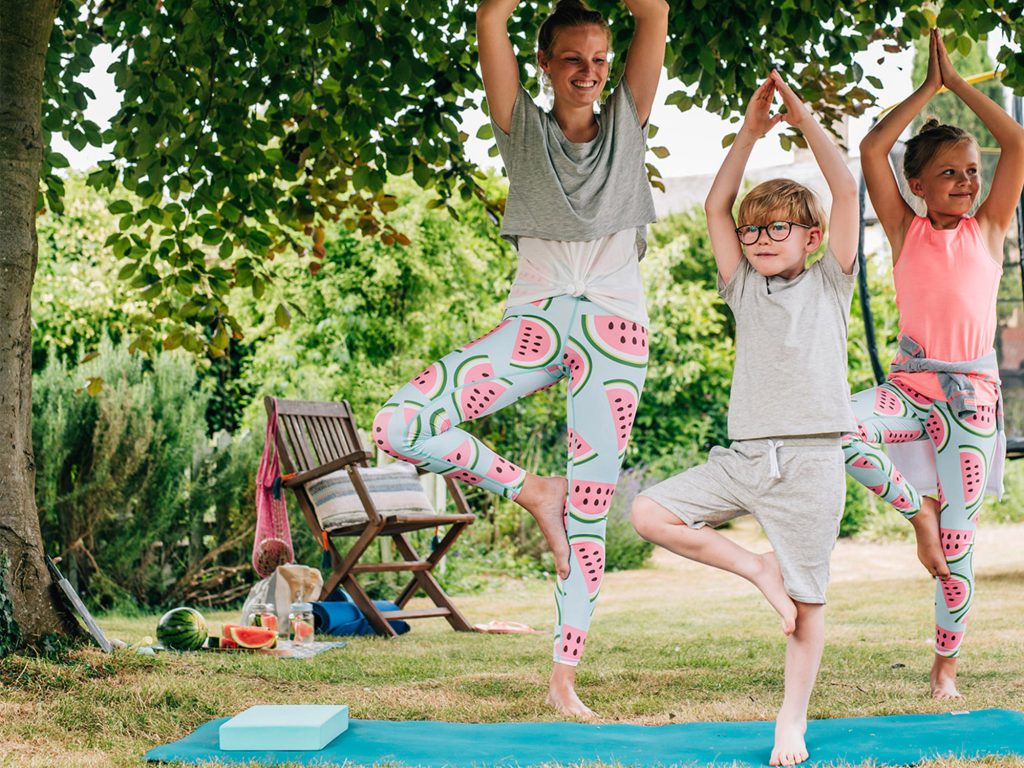
3. Nature Walk
Getting outside and walking is a feel-good activity, whatever the weather. Gee Cartwright explains that getting outdoors is a key wellbeing activity that the children also practice at school. ‘We’d get outdoors, go for a walk and be in nature’.
It’s great for the body for physical movement and good for the mind, encouraging children to focus on the natural world around them as they walk and explore.
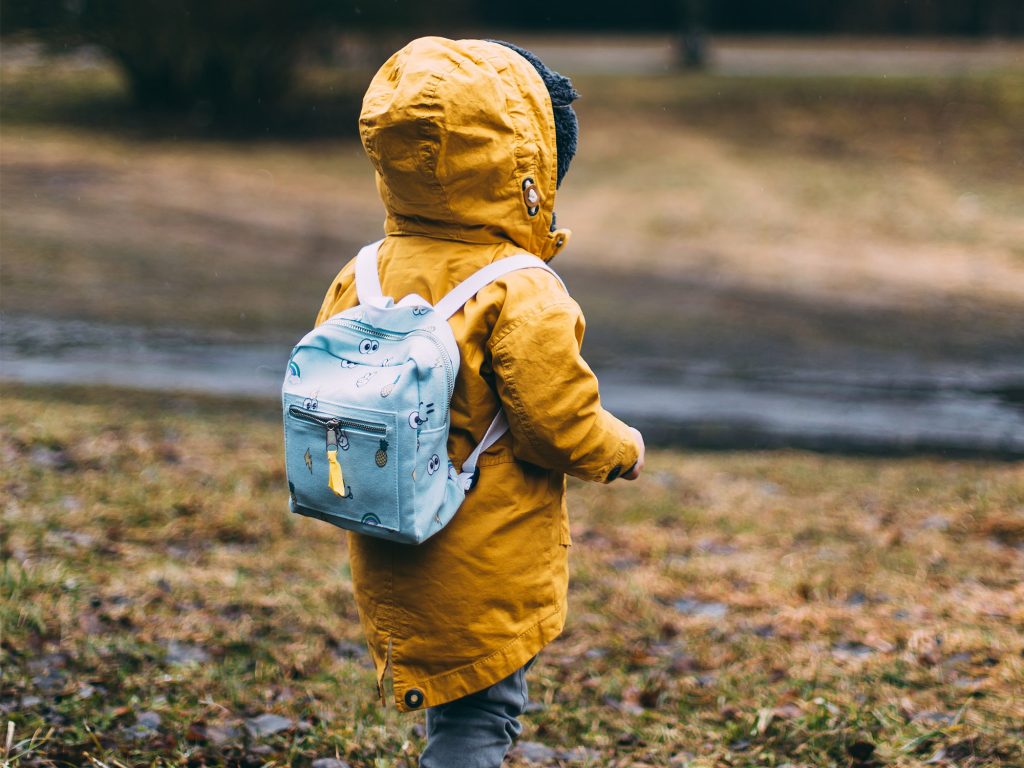
4. Mindfulness Colouring
Colouring can be a creative and soothing activity, and the repetitive action of the crayon against the paper can provide a calming feeling for children.
Concentrating on colouring a picture encourages them to take their time and focus on the present task.
All you need is a colour book and crayons to do this activity. You can find mindfulness colouring sheets online, but you can use a colouring book you already have or even encourage your child to draw their own picture to colour in.
You can join in with the colouring activity too, take a moment of mindfulness and enjoy being in the moment with them.
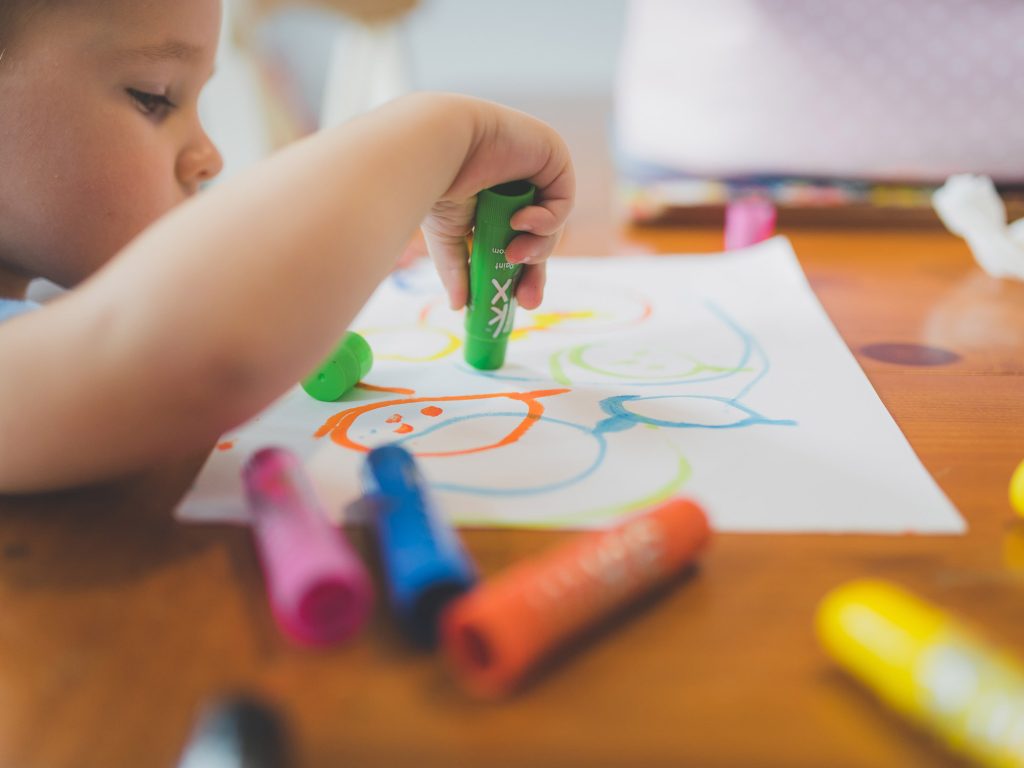
5. Role Play
Role play allows kids to express emotions they may have difficulty verbalising. By acting out a scenario, they can demonstrate their feelings.
Pretend play also allows children to become more familiar with the world around them as they act out everyday scenarios and explore the possibilities of different roles. Through this type of play, children learn to take on a variety of perspectives and can gain a better understanding of the world around them.
Not only does pretend play help children develop their imagination and creativity, but it also encourages them to think for themselves, build confidence, and develop problem-solving skills.
Pretend play can be anything from playing with dolls and teddies to using an indoor role play kitchen or dressing up.
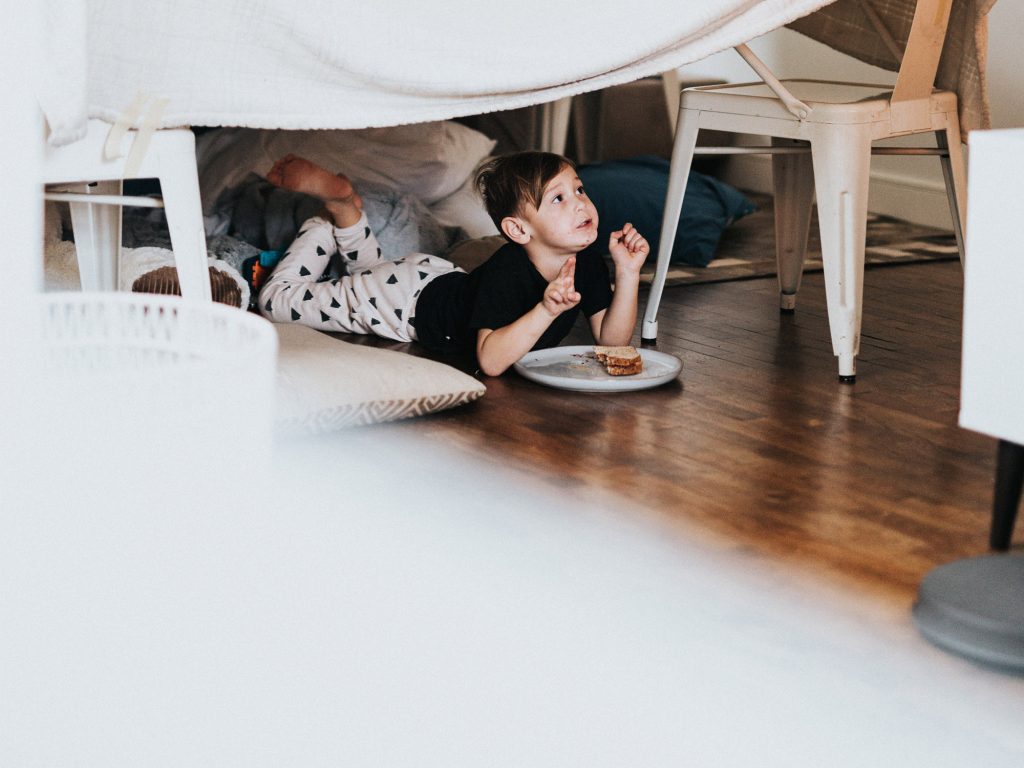
6. Windchimes
Making homemade windchimes is a brilliant way to add sensory play and mindfulness for kids into playtime.
Windchimes create a calming noise as they move in the breeze, which children can enjoy listening to.
To make your windchime, you will need a large stick, string, and some shells.
- You can carefully predrill holes in the shells.
- Then encourage your child to thread the string through the shells.
- Secure it around the stick to make a beautiful hanging array of seashells.
Alternatively, some Plum Play equipment from the Discovery Collection, like the Discovery Mud Pie Kitchen and Woodland Cubby House, come with windchimes. So, why not encourage your little one to paint these or add decorations, like ribbon or shells, to enhance the sensory experience?
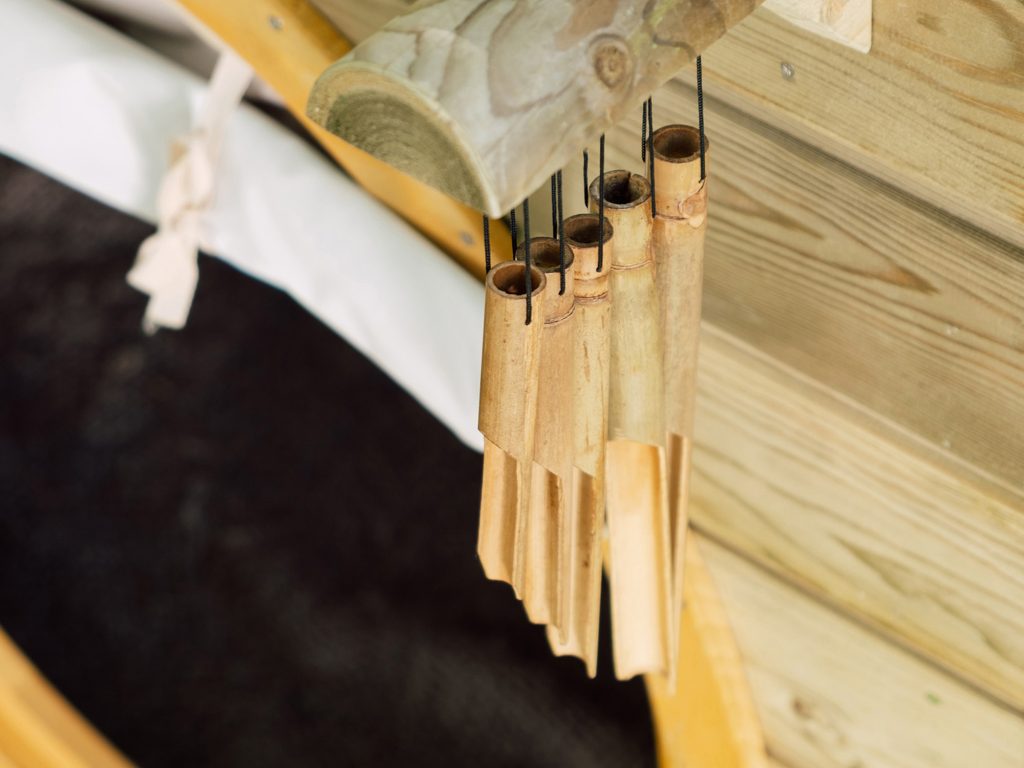
7. Outdoor Storytime
Bringing storytime outdoors is a great way for children to interact with nature and let their imaginations run free.
Reading outside can be different than indoors, with the leaves rustling and the sounds of the environment. This can help kids be more aware of their surroundings, spark conversations and stimulate their senses.
To add to the fun, have them look around and find items to create and use in their own stories.
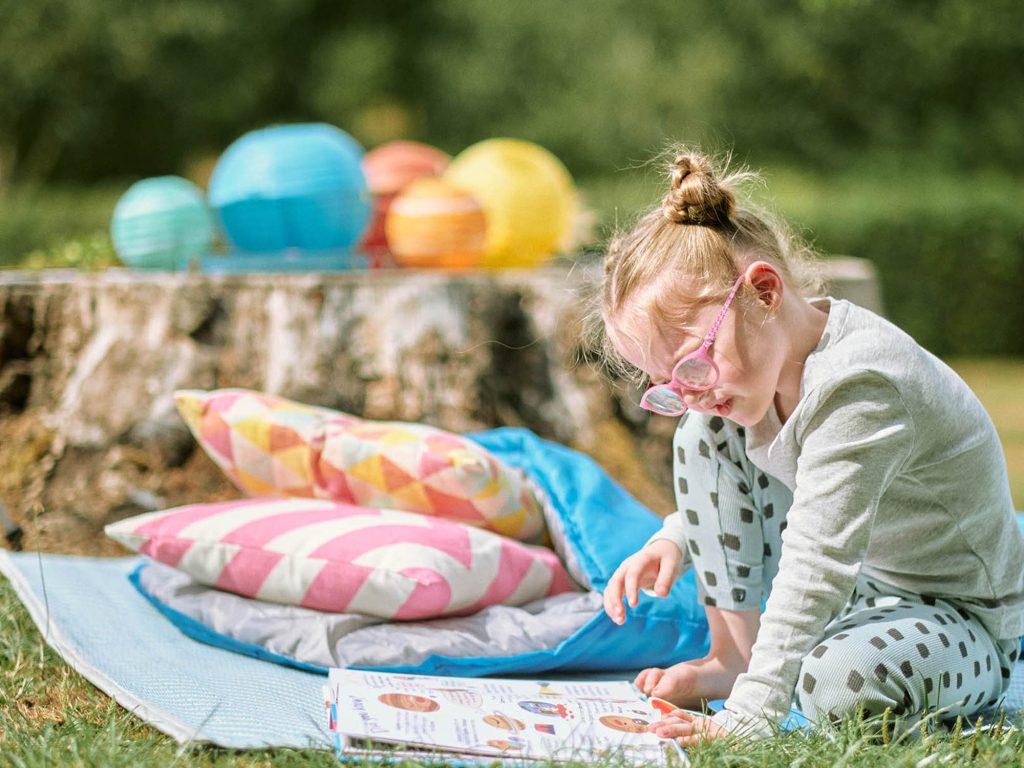
8. Sensory Play
Sensory play can help kids learn to use their sense of touch, refine their motor skills, and focus longer. Plus, sensory play can captivate children’s attention better than structured activities.
Teacher Gee Cartwright explains that sensory play sparks curiosity and promotes exploring physical sensations and textures and how they make them feel. Some children may connect different textures to different emotions, and some textures may make them feel safe and comfortable.
To create your own sensory play experience, you can add a different range of textures and fabrics into a basket and invite your child to close their eyes and put their hands in the basket. Ask them open-ended questions like, ‘What does it make you feel?’ or ‘What does it make you think of?’
Another way to create a sensory play experience would be to use a sandpit or water table and put some different toys and textures into the mix. For example, adding twigs and pinecones into sand or driftwood boats and petals into the water.
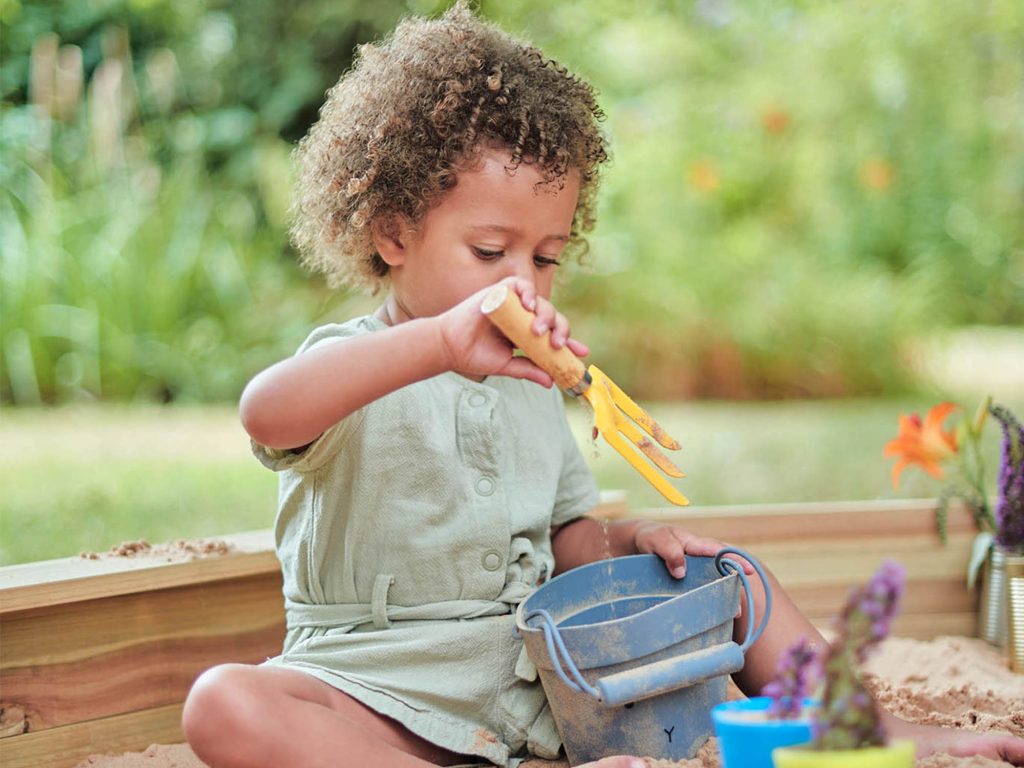
9. Body Scan
During the body scan meditation, ask your child to mentally scan their entire body, starting with their head and ending at their feet. Ask them to think about any feelings in the different body parts as they scan, and they will notice what feels comfortable.
There are videos online for simple body scan meditations. If you’re unsure where to start or want to experience the body scan alongside your little one, pop a guided body scan meditation on and relax together.
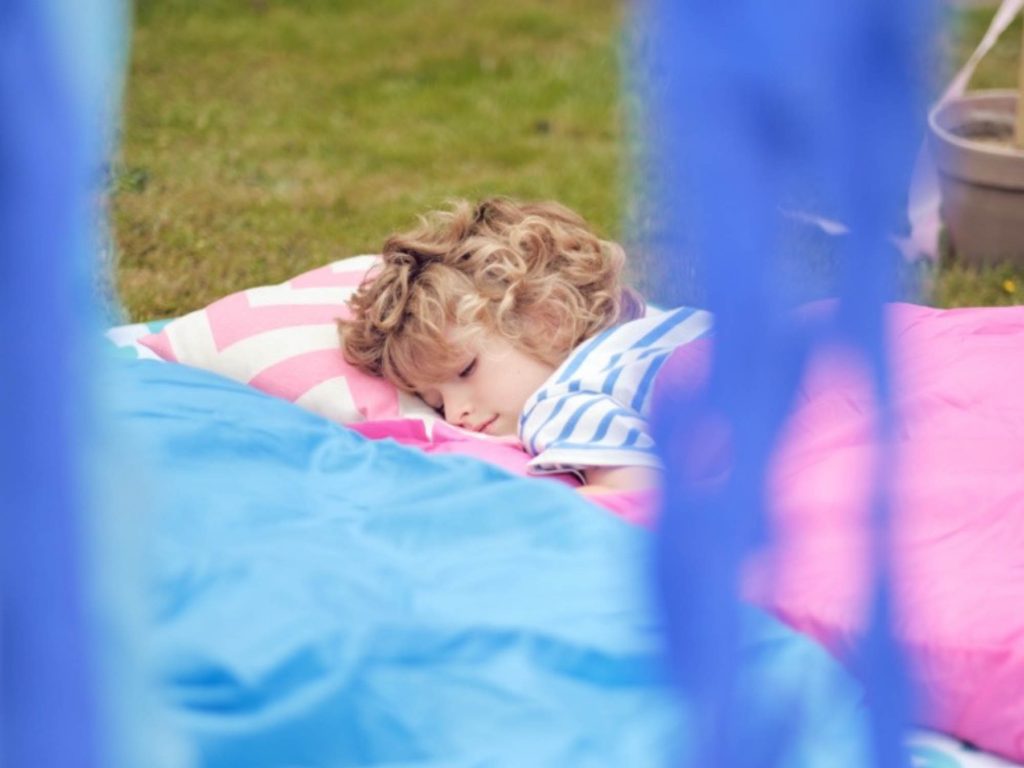
10. Senses I Spy
Senses I spy is a fun way to get your child thinking about their different senses and engaging them. It’s a helpful tool to help add some calm to your little one’s day, help them feel grounded and experience a moment of mindfulness.
This activity works particularly well outside, as there are many natural stimuli to engage the senses, but it can work just as well indoors.
- Firstly, ask your little one to get comfortable.
- Ask them to explain five things they can see in their environment.
- Next, ask them to notice four things they can hear around them. If you are outdoors, this might prompt interesting conversations about wildlife and nature.
- Thirdly, encourage them to find three things they can touch, such as grass, leaves and twigs.
- Next, ask them to notice two things they can smell, like freshly cut grass or flowers.
- Lastly, you can ask them what they can taste. Perhaps they just had a yummy hot chocolate and can still taste the chocolate in their mouth or the toothpaste from when they brushed their teeth in the morning?
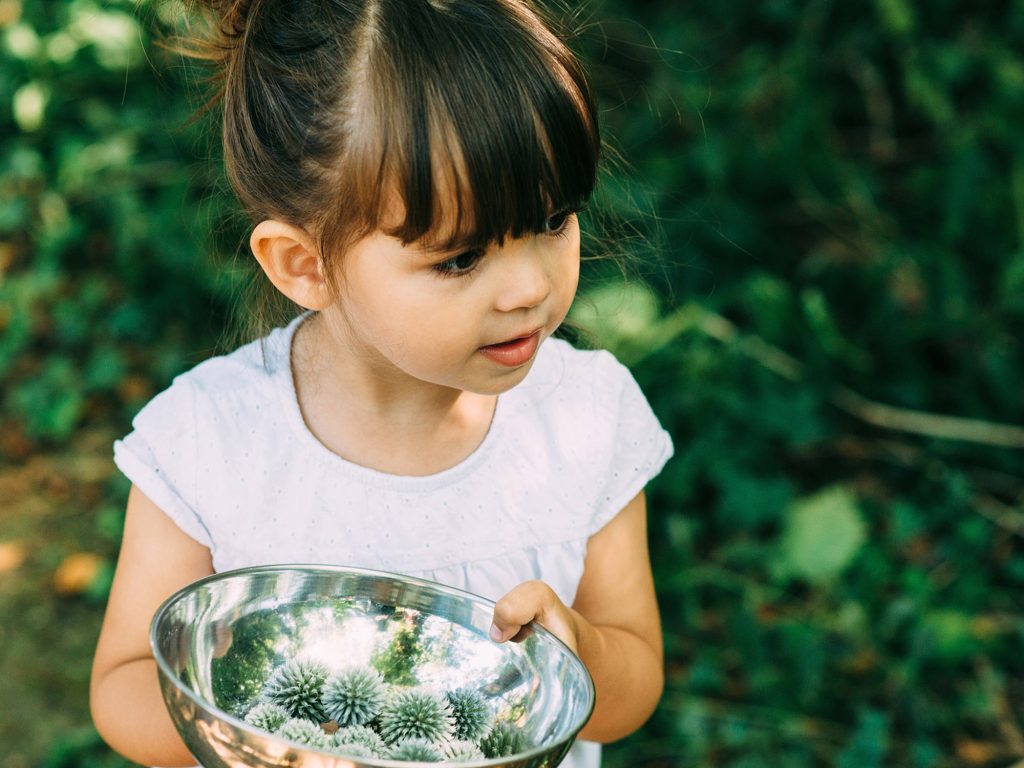
As you can see, there are lots of wellbeing and mindfulness activities that you can do with your kids at home that are simple and easy to prepare. The main takeaway is to encourage your child to be themselves. Give them the ability to explore and chat with you about their thoughts and feelings.

Thank you for reading part two of our wellbeing and mindfulness for children blogs with Tall Oaks Academy Trust, looking at easy ways to encourage positive wellbeing and mindfulness at home.
Let us know if you try out any of these ideas with your little one at home. Be sure to share your wellbeing and mindfulness exercises with us on Instagram @PlumPlayAus.

